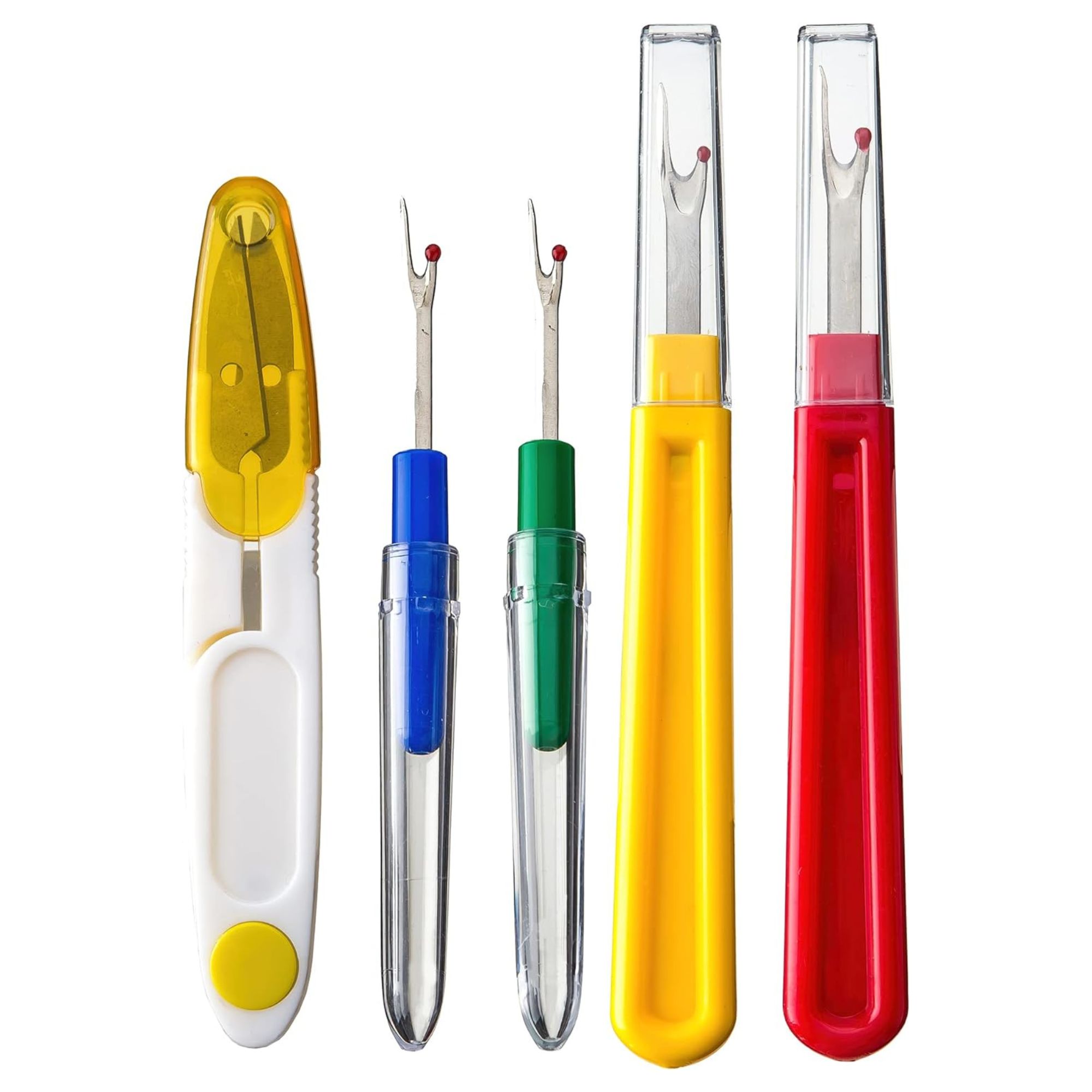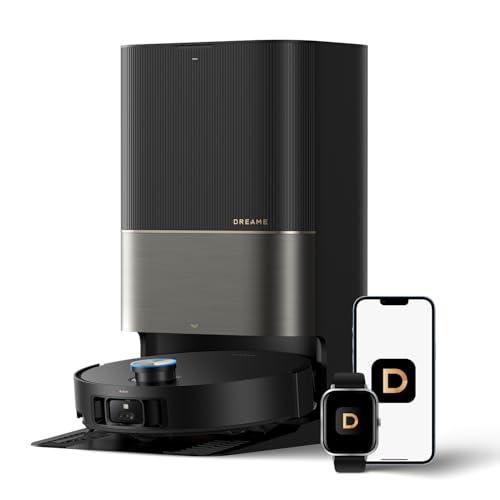
Our robot vacuum cleaners are a saving grace, taking hours of chore time off our hands and giving us consistently clean floors as a result. But when they keep getting stuck, the robot is suddenly not as hands-free as we once hoped.
Most of the time, there are a few simple steps you can take to make sure that even the best robot vacuum isn't getting stuck at every tiny hurdle, and can consistently clean your floors with little input from the humans in the house.
I caught up with robotics and home experts to find out all the common causes and the quick actions you can take to get your robot back on its way.
Why your robot vacuum keeps getting stuck
1. Navigation issues

A robot vacuum is guided by its sensors, and if any of them are dirty, damaged or limited by design, the robot won't be able to find its way around. It's one of the common faults in robot vacuums that can be avoided with a little maintenance and regular cleaning.
'Dusty cliff or bumper sensors might wrongly detect a flat floor as a drop-off, making the robot halt or spin aimlessly,' explains Hrishikesh Gopal Tawade, robotics engineer at Ample who has personally worked on robot vacuums' perception systems.
To make sure this doesn't happen, all you need to do is regularly clean your robot vacuum. Using a soft microfiber cloth to wipe the sensors is more than enough, as long as it's lint-free and non-abrasive, like this Eyliden Microfiber Cloth Set at Walmart.
'Similarly, mapping glitches, poor lighting conditions for camera-based robots, or a jammed wheel sensor might fool the vacuum into thinking it's stuck, causing it to stop cleaning,' Hrishikesh says.
In these instances, the robot's navigation can be improved by simply making your house lighter, but if that doesn't work, you may have to take the robot to a technician to see whether any electrical issues can be fixed.

This set of microfiber cloths is perfect for wiping down any dust or dirt that's covering your robot vacuum's sensors, that are needed for it to properly navigate.
2. Obstacles and hair wrap

Sometimes, a robot vacuum will halt in its tracks because of obstacles that are either in the way, or that have got caught in the wheels. A good idea is always to keep the floors clear, and actually, a major and often unexpected benefit of owning a robot vacuum is that this will keep your floors free of clutter in your day-to-day.
'Everyday things like cables, socks, or toys can easily wrap around the brushes or trap the wheels,' Hrishikesh explains.
Similarly, unless yours is one of the best robot vacuums for pet hair with anti-tangle brushrolls, you'll likely be all too familiar with the never-ending issue of having hair wrap around the brushroll. It's also a commonly overlooked issue, and if you forget to regularly remove the hair, it can cause problems for your robot's navigation and cleaning.
James Zhao, product manager at robot vacuum brand Narwal, explains, 'Excessive hair tangling can also cause robot vacuums to get stuck. Both main brush and side brushes are highly prone to hair tangling, which can cause the robot to get stuck and stop functioning.'
Hrishikesh agrees, adding that the issue is an easy fix, adding, 'Most of the time, fixing a stuck robot vacuum is simple. Clean the dirty sensors, remove tangled hair from the brushes, or pick up clutter from the floor.'
Cutting out wrapped hair or threads from thick rugs and carpets can seem like a mission, but with a gentle cutting tool like this Ortarco seam ripper kit from Amazon, you can remove it in seconds without damaging the robot.

This cheap kit of seam rippers and thread removers can give you the precision needed to cut wrapped hair and threads out of your robot's rollers, without damaging them.
3. Tricky surfaces

Mark Sanchez, property expert and founder of Tropic Residential, explains that your home's floors and layout can contribute to poor navigation, and the robot struggling to find its way.
'From what I’ve seen walking through countless homes, the layout is often what causes the issue. The problems start when there are thick rugs, furniture with low clearance, or raised thresholds,' he explains.
While changing the layout of your home is not always a viable option, making sure that you're not adding to any uneven surfaces will help your robot cross boundaries more smoothly.
'These vacuums don’t just move across a floor. They have to figure out the room’s shape and obstacles without much guidance,' he continues.
Or, if you're thinking it might be time for an upgrade, the new Dreame X50 Ultra has a mechanical arm that can hoist itself over thresholds. It's an expensive upgrade, but as somebody who's already reviewed one of their cleaning gadgets (the Dreame H14 Pro wet floor cleaner) and loved it, I'm confident it'll be worth the spend.

Dreame's latest robot vacuum cleaner has a special arm that can lift itself over tracks, obstacles and thresholds up to 2.36'' tall. Right now it's on offer at Amazon with 20% off.
Meet the expert
If your robot doesn't seem equipped to handle your home's layout and messes, it might be time to consider choosing the right robot vacuum for your home, with navigation and anti-hair wrap features that are above and beyond your current one.







